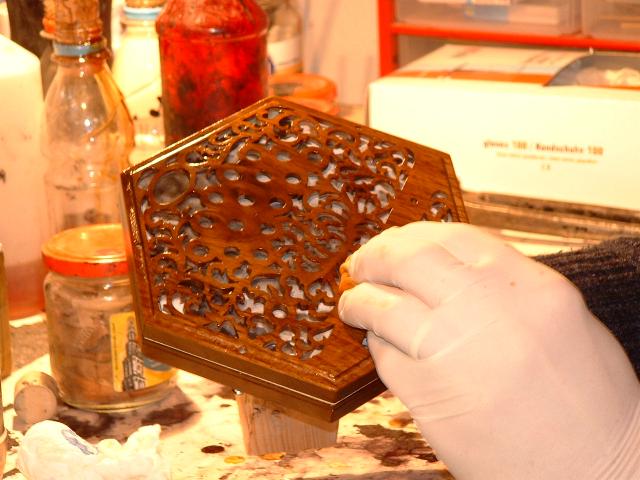
All our instruments are french polished. French polishing has been considered the preferred finish for high quality musical instruments and furniture since the 19th century.
French polishing is a technique/process
of applying multiple coats (between 50-100) of shellac diluted in ethanol.
It requires a lot of skill
to produce a professional quality finish. It took me over 3 years to learn
this technique.
I use different types of shellacs, resins and finishers to obtain a strong and
almost invisible finish. It takes about 9 hours to french polish a concertina,
divided over 5-7 days, 2 sessions per day.

After the wood grain has
been
stabilized with a resin/ethanol mixture,
the pores are
filled with pumice and ‘one pound cut shellac’.

once the pores are filled, the 'bodying' starts. For this I use a very strong type of shellac.
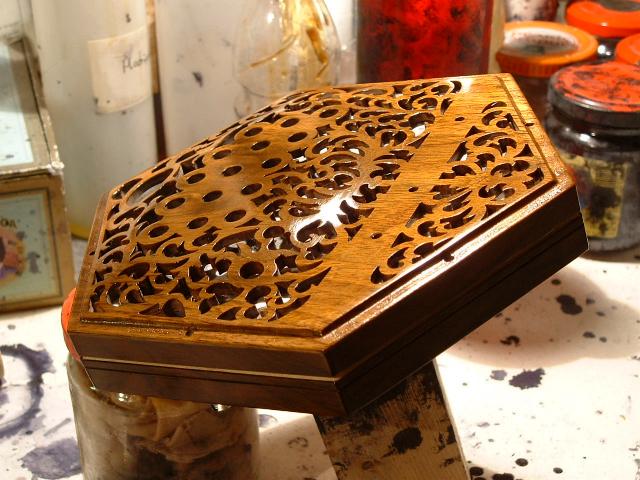
The result after the first day (2 sessions)...about 7 and a half hours left to go..
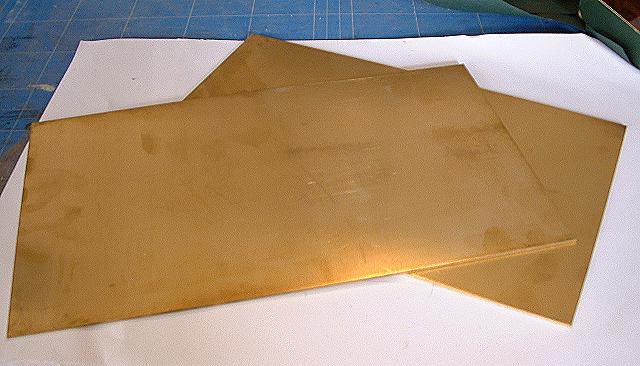
These sheets of brass are going to be the
posts and levers. The brass used for
the posts is thicker than the lever brass. We use 4 different types of
brass
in each instrument.
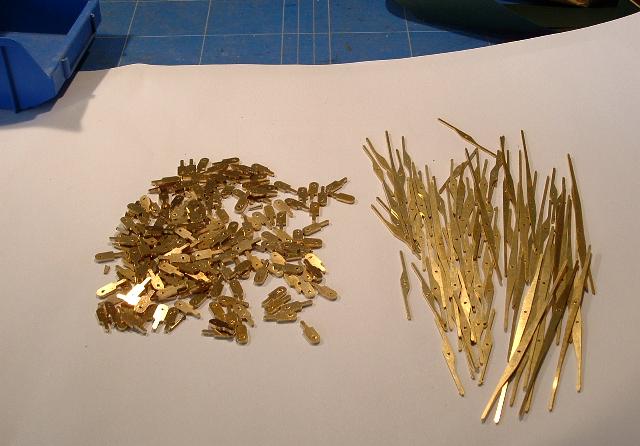
the posts and levers. The next step is putting it together.
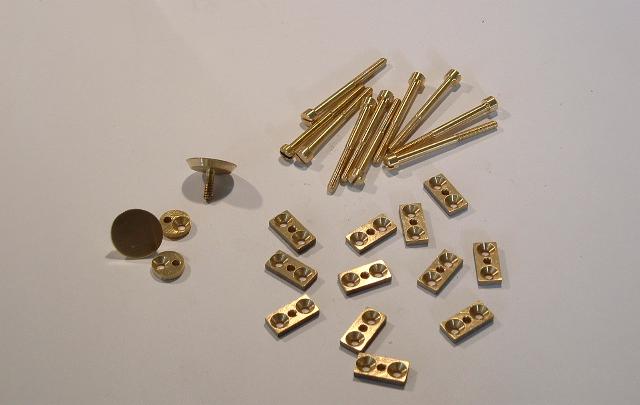
Other brass parts needed for this
instrument: hand made endbolts, bellows
frame inserts (oblong) , handstrap screws and inserts (round).
The next project are the reed frames. This instrument is going to have wide angle
vents. We make different model frames for different types of concertinas.
The sound of the concertina is largely determined by the fit of the reed in the
frame slot and the angle of the vent (back of the frame). In our reed frames,
the angle is adjusted for every frame size.
The CNC machine in the pictures is used exclusively for our brass parts. It is
custom made by one of the leading German machine factories to our
specifications. The accuracy is 0.01mm/0.00039"
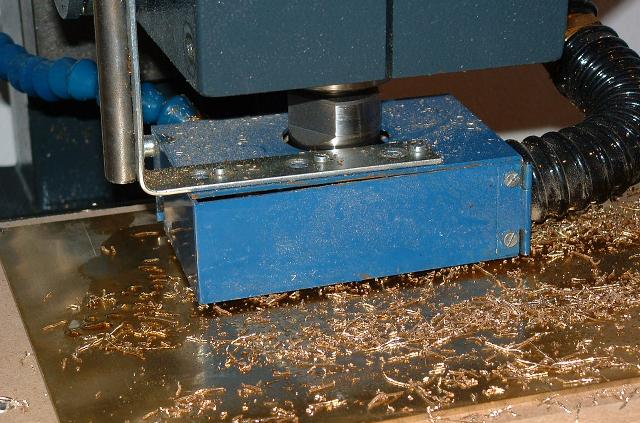
First stage: drilling the holes for the clamp screws.
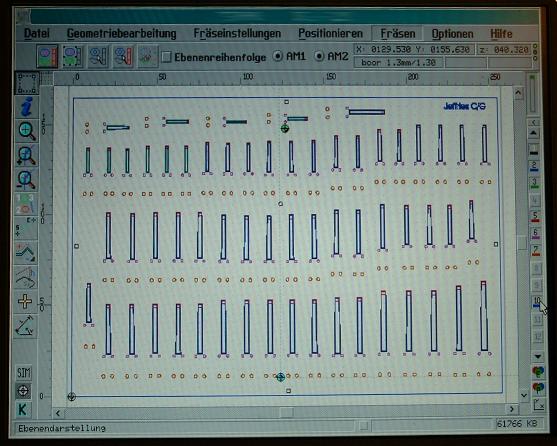
Computer screen showing the clamp holes and vents (back of the frames)
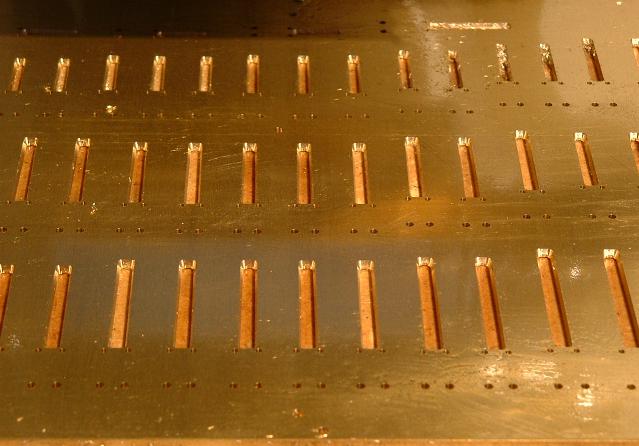
The vents and clamp holes in real life...
We use 17 different reed frame sizes in a 30 key Jeffries anglo. Each of our
reed frame
sizes has its own specific vent angle. This allows us to have better control
over the
harmonic spectrum the reed produces, which results is a better balanced
instrument.
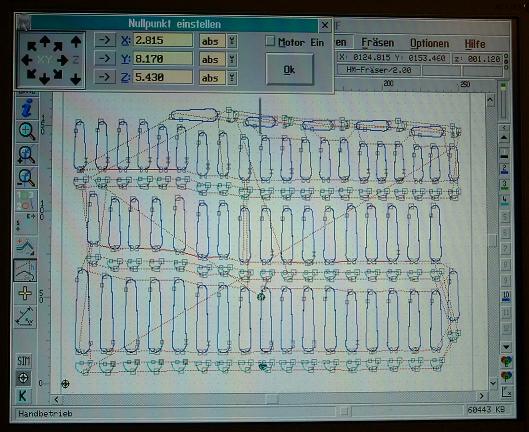
computer screen showing the machine path for cutting the
frames and clamps.

Reed frames and clamps...ready to be assembled.